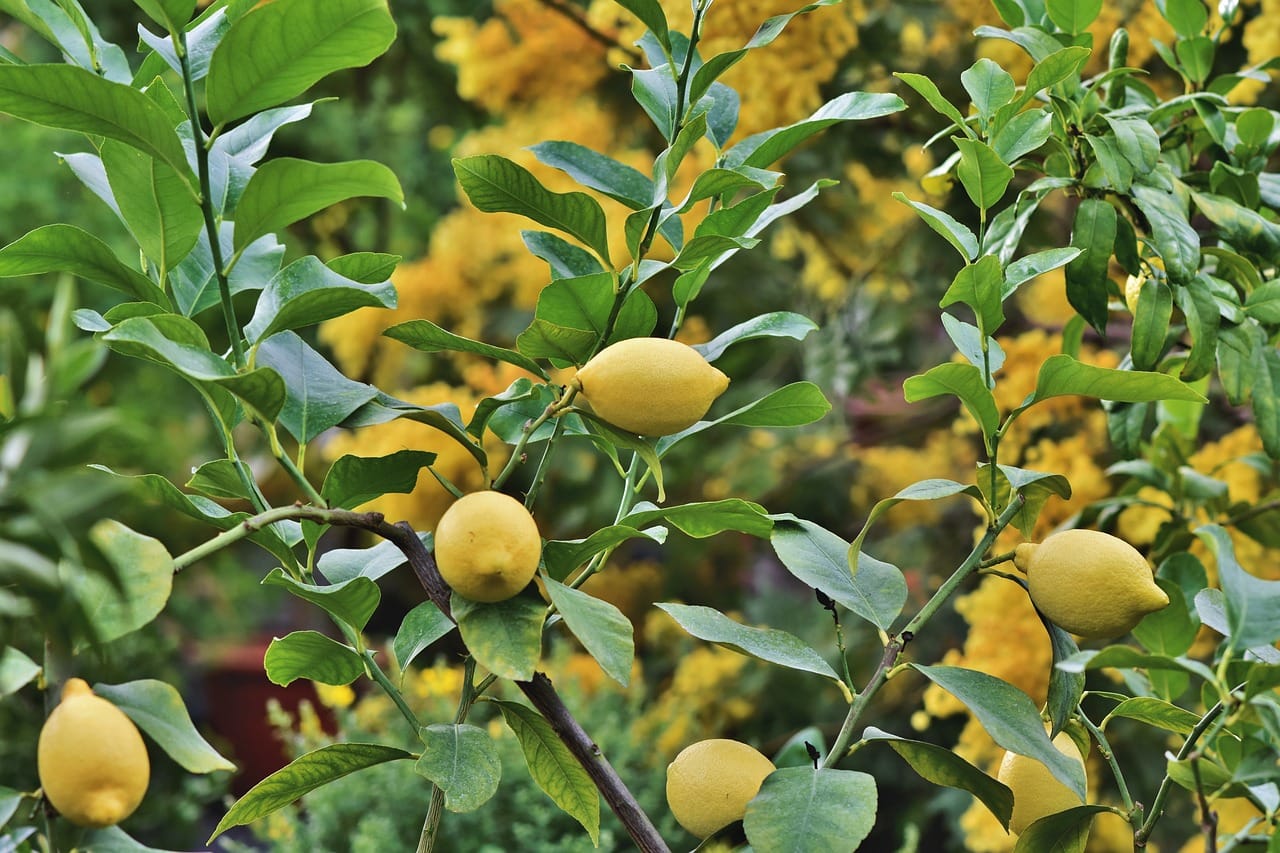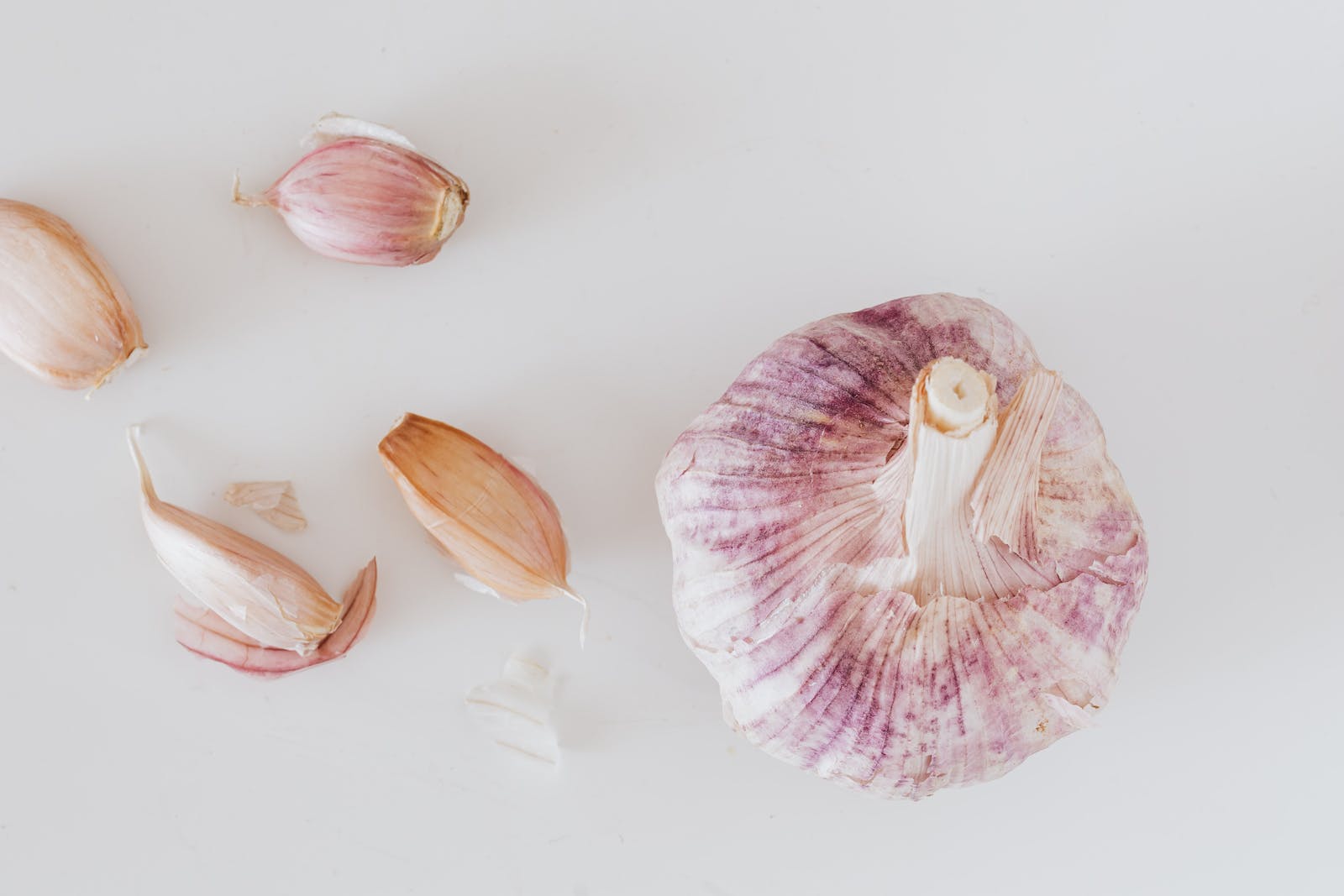
10 Essential Tips for Creating a Thriving Home Garden
A home garden is a haven of tranquility, a sanctuary where nature’s beauty and bounty flourish right at your doorstep. Whether you have a sprawling backyard or a tiny balcony, cultivating a thriving home garden brings immense joy and benefits. However, starting a garden can be overwhelming for beginners.
To help you embark on this rewarding journey, we present ten essential tips for creating a thriving home garden.
- Selecting the Ideal Location
Choosing the right location is paramount to a successful home garden. Assess the available space and consider factors such as sunlight exposure and accessibility. Most plants require at least six hours of direct sunlight daily, so select an area that receives ample sunlight. Additionally, ensure the garden is easily accessible for maintenance tasks such as watering, weeding, and harvesting.
- Understanding and Preparing the Soil
Nourishing soil is the base of a booming garden. Conduct a soil test to determine its composition and pH levels. Based on the results, amend the soil with organic matter like compost or well-rotted manure to improve its structure, drainage, and nutrient content. Regularly adding organic matter will enhance soil fertility, promoting robust plant growth.
- Choosing the Right Plants for Home Garden
Selecting appropriate plants is crucial for a successful home garden. Keeping certain things in mind like the weather conditions, available area, and your personal choice. Opt for plants that thrive in your region and are well-suited to the specific conditions of your garden. Choose a mix of vegetables, herbs, flowers, and shrubs to add diversity and beauty to your garden.
- Providing Adequate Sunlight and Water
Sunlight and water are vital for plant growth. Monitor the sunlight patterns in your garden and place sun-loving plants in sunny spots, while shade-tolerant plants can be placed in areas with less direct sunlight. Establish a regular watering schedule, ensuring that plants receive consistent moisture without becoming waterlogged. Remember to water deeply to encourage healthy root development.
- Implementing Organic Gardening Practices
Embrace organic gardening practices to create a healthier and more sustainable garden. Avoid using synthetic pesticides and fertilizers that can harm beneficial insects and soil organisms. Instead, opt for natural pest control methods like companion planting, attracting beneficial insects, and using organic pest deterrents. Use organic fertilizers such as compost, compost tea, or organic plant food to nourish your plants naturally.
- Mulching and Composting
Mulching and composting are excellent practices for maintaining soil moisture, suppressing weeds, and improving soil fertility. Apply a layer of organic mulch, such as wood chips or straw, around your plants to conserve moisture and regulate soil temperature. Composting kitchen scraps, yard waste, and plant trimmings will provide nutrient-rich compost that can be used to enrich the soil and feed your plants.
- Controlling Pests and Diseases Naturally
Keeping pests and diseases at bay is crucial for a thriving garden. Avoid chemical pesticides and opt for natural remedies. Inspect your plants in certain intervals for signs of pests or diseases and so that you can take action at the right time. Introduce beneficial insects like ladybugs and lacewings that prey on common garden pests. Additionally, practice good garden hygiene by removing diseased plants and maintaining proper spacing to allow for adequate air circulation.
- Regular Maintenance and Proper Pruning Techniques
Maintaining your garden is essential for long-term success. Timely adding the essentials to your garden to prevent competition for resources among plants. Prune your plants to promote healthy growth, remove dead or damaged branches, and improve airflow. Understand the specific pruning requirements of different plants to ensure proper technique and timing.
- Harvesting and Appreciate the Fruits of Your Hard Work
One of the most rewarding aspects of home gardening is reaping the bountiful harvest. Pay attention to the ideal harvesting time for each plant, ensuring maximum flavor and nutritional value. Harvesting also encourages further production, allowing you to enjoy a continuous supply of fresh produce.
- Continuous Learning and Adaptation
Gardening is a journey of continuous learning. Stay curious and keep exploring new plants, techniques, and ideas. Adapt your gardening practices based on the needs of your garden and the lessons learned along the way. Engage with fellow gardeners, join local gardening groups, and seek inspiration from books, websites, and gardening magazines.
Conclusion
Creating a thriving home garden is a fulfilling and enriching experience. By following these ten essential tips, you’ll be well-equipped to start and nurture a garden that flourishes with beauty, sustenance, and a deep sense of satisfaction. Embrace the wonders of nature, savor the rewards of your labor, and let your home garden become a source of joy, tranquility, and connection with the natural world. Happy gardening!






4 Comments
Pingback:
Pingback:
Pingback:
Pingback: